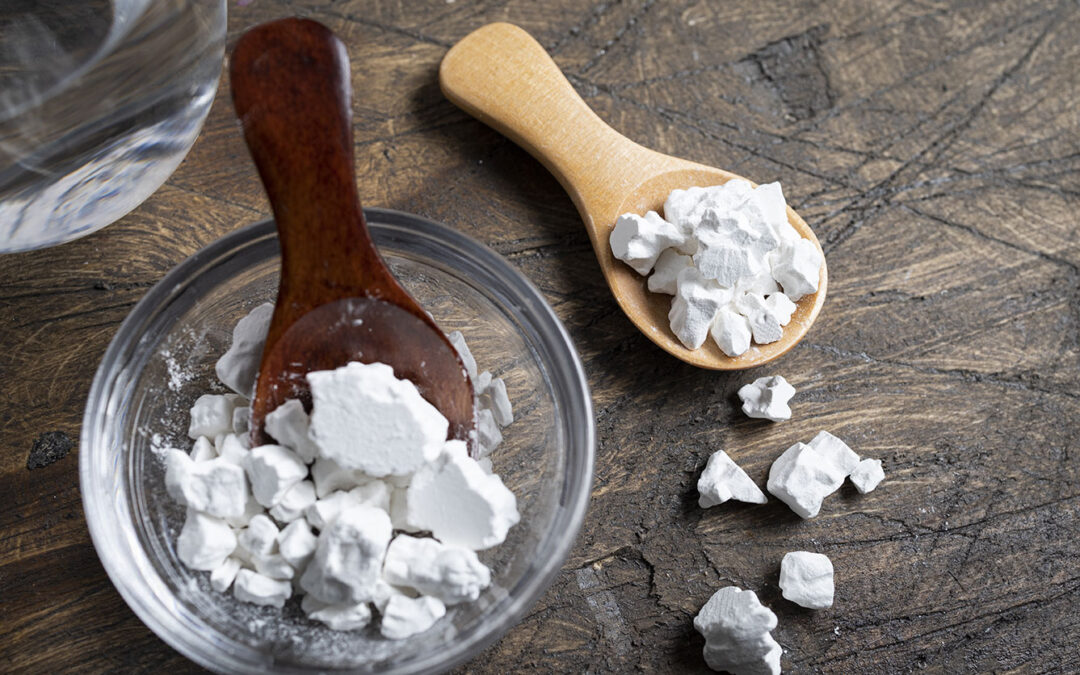The word “kudzu” comes from the Japanese word “kuzu” which means vine. Kudzu roots can be large and heavy, and can reach up to 8 feet and weigh 200 lbs. As a result, culling them into digestive form is laborious and expensive. That’s why the price is high in the health food stores, but in my opinion, well worth it.
Native to Japan, the vine was imported to the United States and is now prevalent in the South. Kudzu has been a popular food in the Far East for thousands of years. It is known to be a superb healing aid for many ailments because it contains protein, iron, fiber, plus other nutrients. It is a long sustaining source of energy. There are three edible parts of the plant: young leaves, vine tips, flower blossoms, and roots.
You’ll find when shopping for kudzu or kuzu that the two words are interchangeable. Kudzu root powder is also referred to as kuzu root starch or just kudzu powder. I prefer the powdered form that is available at most health food stores and from online stores such as Healthy Village.
I enjoy cooking with kudzu root because it is an excellent thickener for recipes and retains its healthful properties.
The most important tip for cooking with kudzu is: never add it directly to hot or boiling liquid. It must first be dissolved in cold water or broth, and then it can be mixed or heated. If you add the kudzu directly to hot liquid it will form a hard casing. Once that happens, the damage is done and it can’t be recovered to its previous state. Because it is a high-priced staple, I wouldn’t want anyone to waste it.
Once you’ve mastered the dissolving process, you are ready to create all kinds of recipes using kudzu as a cream or flour substitute. From puddings to parfaits and gravies to sauces, kudzu makes the perfect heavy cream replacement resulting in delicious, rich bases.
I began using kudzu as a thickener because I love gravies, but most recipes call for animal fat. As a vegan that was a no-go. I find kudzu to be the ideal alternative ingredient to animal fat, especially in dark gravies.
John and Jan Belleme, who authored Japanese Foods that Heal (Tuttle Publishing, 2007) had this to say about cooking with kudzu/kuzu: “Kuzu is unsurpassed as a thickening agent. It produces sparkling, translucent sauces, adds a shiny gloss to soups, and provides a smooth texture with no starchy or interfering taste. It is ideal in desserts like kantens and puddings, and it is the perfect ingredient in icings, shortcake toppings and pie fillings.”
Try my Rice Pudding Recipe using kudzu root.
Vegan for life,
Chef Mair Berkshire

